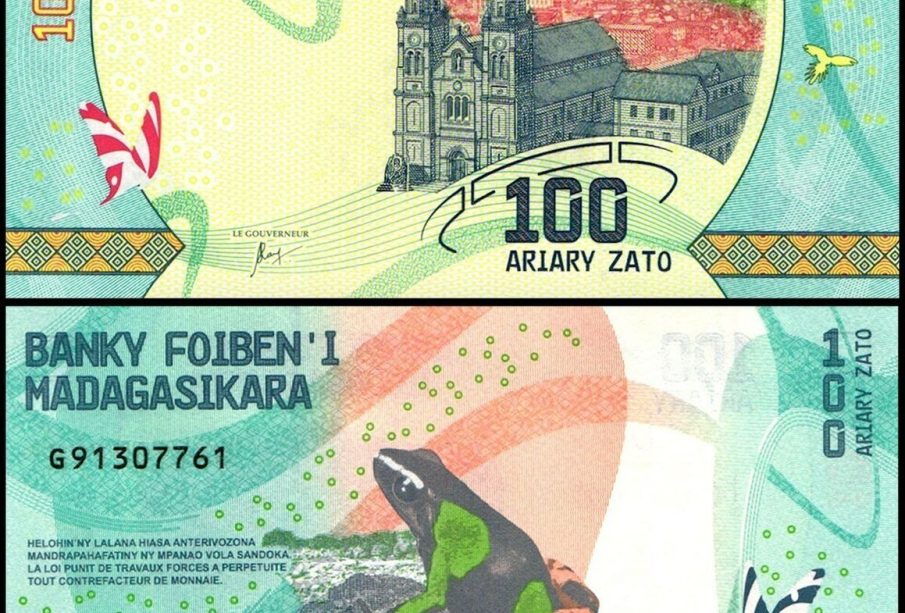Exploring the Wonders of Madagascar

Introduction
Madagascar, the fourth largest island in the world, is renowned for its rich biodiversity and unique wildlife found nowhere else on Earth. With approximately 90% of its wildlife endemic to the island, Madagascar is a treasure trove for scientists and nature enthusiasts alike. The island’s ecological significance, coupled with its vibrant culture, makes it a topic of global interest in conservation efforts and sustainable tourism.
Natural Wonders of Madagascar
Home to an array of ecosystems ranging from tropical rainforests to dry deciduous forests and stunning coastlines, Madagascar boasts some of the most diverse flora and fauna. The island is famous for its lemurs, which include the iconic ring-tailed lemur and the critically endangered Indri. In recent years, conservationists have rallied for protections against deforestation and habitat loss to preserve these remarkable species.
Local communities are increasingly involved in sustainable practices that promote ecotourism. Parks such as Andasibe-Mantadia and Isalo attract thousands of visitors, aiding the economy while fostering conservation awareness. These preservation efforts are particularly crucial as Madagascar faces threats from climate change and human exploitation.
Cultural Heritage
Madagascar’s culture is as diverse as its wildlife, influenced by a mix of African, Asian, and European traditions. The local population, which consists of 18 distinct ethnic groups, has vibrant customs, languages, and artistic expressions. The annual ‘Famadihana’ or ‘turning of the bones’ ceremony, highlights the Malagasy belief in ancestor worship and showcases the island’s rich cultural tapestry.
Recent Developments
In 2023, Madagascar’s government, alongside international partners, announced new initiatives aimed at promoting biodiversity conservation and sustainable tourism. This includes the creation of new protected areas and enhancement of existing national parks. Furthermore, efforts are underway to boost the economy through responsible tourism that respects local environments and cultural practices.
Conclusion
As Madagascar continues to navigate the challenges of modernisation while preserving its unique identity, the island remains an important focal point for environmental and cultural study. Its unique ecosystems and traditions not only contribute to global biodiversity but also inspire ongoing discussions about sustainability and conservation. For readers interested in nature, travel, or culture, Madagascar offers a compelling narrative and a poignant reminder of the delicate balance between human activity and the natural world.









